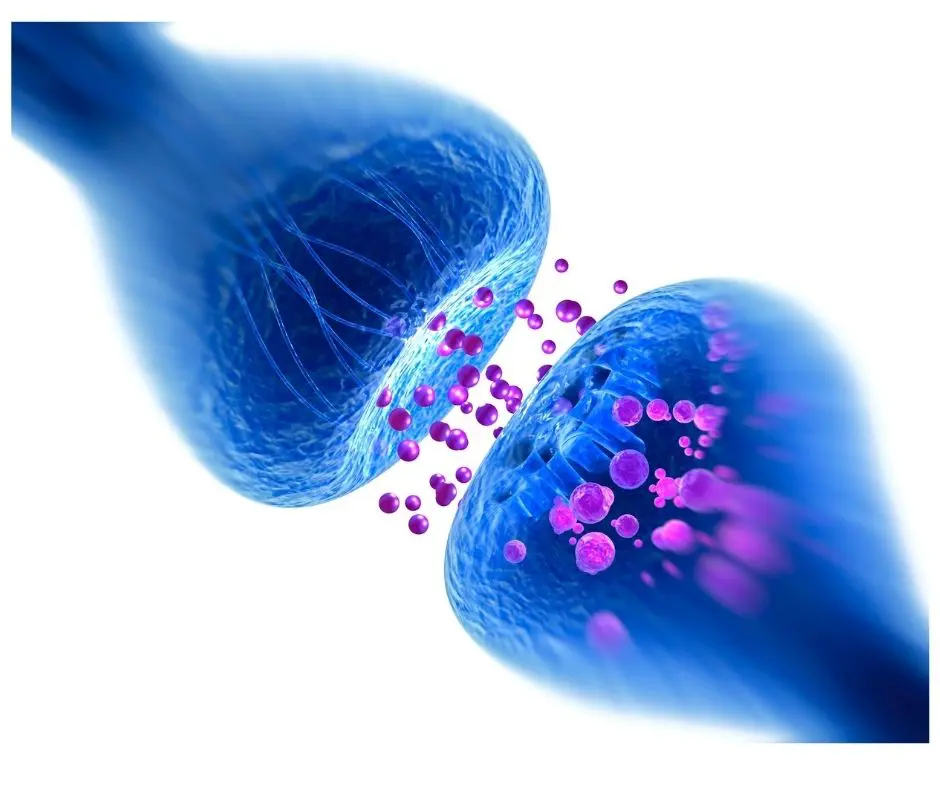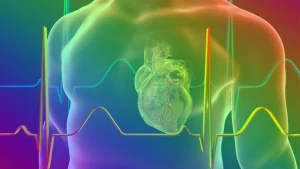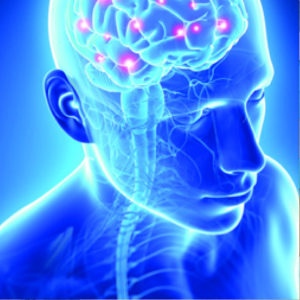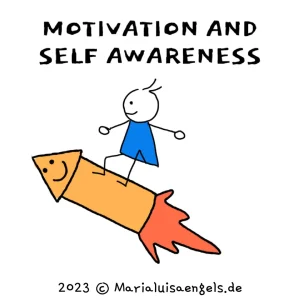
How to build resilience and thrive with practical neuroscience

By María Luisa
Maria Luisa is neuroscience based corporate consultant, trainer and coach and speaker. She focuses on leadership, psychological safety and inclusion, resilience, change and creative teambuilding. She is also a visual thinker and author. To her clients count global companies in automotive, health care or IT industries.
Why do we need to build resilience more than ever?
The global moment of change, post COVID, the last developments on AI and digitalization and remote work, have accelerated the need to build resilience and thrive and adaptation in the personal lives and business world. The demands for technological change bring also a new opportunity: it gives us permission to develop more human capabilities such as creativity, empathy, innovation and collaboration.
The future of work demands new skills like constant learning (see the WEF „Future of Job’s report“ 2020 for 2025 and the last edition of 2023), a higher level of employee autonomy, efficient collaboration and a more conscious and empathetic leadership.
Change is often not easy because it forces us out of our comfort zone. Moreover, since change by definition is doing something new, it makes us enter the terrain of the unknown, break habits and do things differently.
But, how do we change?
We can speak of two types of changes: external and internal. The external, for example when a person is fired because of a company restructuring and internal, when the same person decides to leave the job to occupy a position more suitable to his desires and qualifications.
That is to say, we can change in a reactive way, responding to dramas, illnesses, external situations, or in an active way designing the type of change we want to achieve.
Unfortunately most of us are like firefighters, constantly putting out fires and reacting to problems, distractions and unforeseen events in our environment.
In this article I will talk about active change, from the inside out, what we know as thrive and how applied neuroscience can help us to achieve it.
From the neuroscience point of view the same principles are applicable at the individual level as at the collective level since an organizational culture is made up of the individuals that compose it. Why is this important to know? Because the current and upcoming changes require a collective aligned effort.
Understanding how we operate neurologically and physiologically in the face of change processes can help organizations create organizational cultures of change aligned with the vision and purpose of the organization. At the individual level you can think of neuroscience like an “instruction manual” for our internal technology.

Threat and Reward
Ready for the first lesson? The organizing principle of the brain says “maximize reward and minimize threat” (E. Gordon, 1998). This principle is not unique to humans but to all species. It is a universal evolutionary principle. We avoid situations that may pose danger and recreate or seek rewarding situations. This is not a metaphor. MRI technology studies show that the same regions are activated regardless of whether the threat is physical or social (Liebermann and Eisenberger, 2008). It is this principle that governs our motivation, engagement and attention
Hardwired for negative
We are much more sensitive to threat than to reward. The need to adapt to our environment has made us more receptive to possible dangers (this is why most of the news on TV are negative).
In a state of survival or stress, a part of our nervous system is activated (sympathetic system) that prepares us to attack, flee or hide. The side effect is that in the face of danger we become selfish, competitive; remember, we are trying to survive, even if not from a predator but perhaps from a boss or a difficult client.
When we feel threatened we can only change in a reactive way, in response to external situations. In the face of threat we not only alter physiologically (accelerated pulse, anxiety, frustration) but we also become mentally blocked.
Emotions and cognitive performance
There is a direct correlation between emotions derived from high stress and cognitive performance, especially in the area responsible for decision making, creativity, emotional regulation, planning and abstract thinking.
These are the so called “high executive brain functions” ( K. H Pribram). For example, how many times did you react to a person, who perhaps made you angry and later regretted what you did? This is an example of cognitive blocking to stress emotions. In this situation it is very hard to build resilience and thrive. Only after the emotion disappears are we able to see what could have been a better way to act.

No change is possible under high stress
In other words: we cannot collaborate, be creative or be the engine of change when we feel threatened. We need to learn emotional self-regulation (an aspect of resilience) in order to have high cognitive performance.
Here is the paradox: we need to change but we experience high levels of stress, multiple challenges and distracting factors. Under high stress we can not change.
To make things more complicated, that stress has become the „new normal“, we are so used to it that we don’t perceive it as a stress anymore.
Resilience and organizational change
The first step when we want to build resilience and thrive is therefore to become aware of our individual threats (overwork, digital distractions, a difficult colleague, our own thoughts).
The second step is to learn our emotions and regulate them in the moment or after the situation in order to maintain optimal mental performance. Certainly this is not easy but resilience and ability to change are skills that need practice and repetition.
The importance of psychological safety
According the “Aristotle Project” runned by Google psychological safety is the most important element that makes a team effective. A psychologically safe environment is one where individuals feel included and safe enough to express new ideas even if they are risky. These environments create cohesive teams and practice constructive dissent.
A manager who knows how to create psychological safety has the tools to move her or his team from a state of threat to a state of creativity more quickly in the face of external challenges, making them more capable of adapting and changing effectively. Psychological safe environments help people to build resilience and thrive.
Trust: the invisible superpower
In psychologically safe teams there is mutual trust between the management and the team members. Trust is the basis for collaboration. But leaders have to go first by incorporating inclusive behaviors themselves, taking risks and asking for help from the experts in their team.
Role model and empathy
Our brain is predominantly social. In fact, there is a circuit called “default mode” because it is activated when we do not focus our attention on anything special. This area is responsible for self reflection and thinking about others.
This means, our brain works to be empathic, to understand others and to imitate behaviors. In fact if you observe a baby, it is already able to identify emotions in others and imitate their parent’s gestures.
Leaders need to communicate with intention. We often send mixed messages. For example we say something but our body language says something else or we don’t implement it consistently. These subtle inconsistent messages are perceived by our team and cause mistrust.
When managers role model the desired behaviors and are coherent in thought, word and behavior, are more likely to be followed by their employees.
Communication and motivation to build resilience and thrive
I mentioned earlier about reward and threat as key drivers of motivation and engagement. So we can talk about a reward and a punishment motivation. A strong motivation can help us to build resilience and thrive.
Most organizations use external motivators of both types, for example „if you do not finish the project until tomorrow you will not get a promotion!“ (punishment) or „if your project is accepted you will get a salary increase!“ (reward). However, these are not the most effective forms of motivation because they disappear as soon as the motivator disappears.
Tomorrow’s successful companies need employees who can self-motivate. It’s the kind of intrinsic motivation that makes people go the extra mile, that makes them absorbed in their project and loose track of time and their environment.
Build resilience and thrive
How to create that kind of motivation?
The first thing to know is that this type of motivation is not possible under high stress.
There some conditions that we can influence:
1. a slightly positive emotional state is required, (like when we are thinking about our next vacation),
2. a certain sense of autonomy (feeling that we have some control over the process) and
3. a sense of purpose (our work has meaning).
Managers and leaders can contribute to this type of motivation by creating positive environment, communicating the purpose of the work and the importance that its achievement has for the company.
The learning organization
Learning is natural to human beings. We are curious by nature. The human neocortex and especially the frontal lobe is much more developed in humans than in other species. This allows us to imagine and formulate questions such as “What if…? “What would it be like if…? Interestingly the ability to learn is a function of the level of stress we perceive. High levels of stress hinder learning and contextual memory.
An organization that actively responds to change is a learning organization in which all its elements (employees, management) are also learning.
Active change is only possible from an emotional composed state, when the high executive functions work optimally.
Psychological safe cultures will have a competitive advantage creating engaged collaborative and innovative workforce and ultimately a happier culture.


